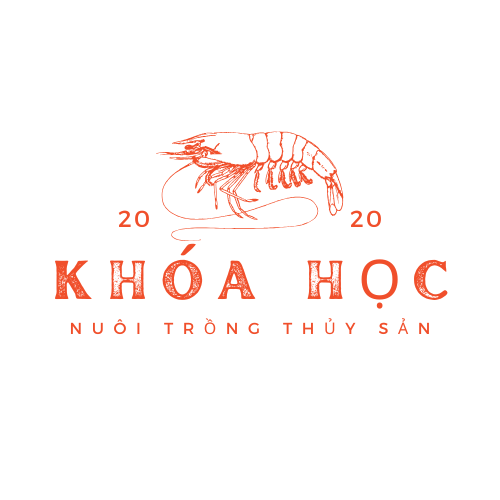global brands, media powerhouses, and progressive revenue-generating systems. This sophisticated matrix generated over €4.5 billion annually throughout the 2023-2025 period, via brand investments constituting over a quarter of overall earnings per GlobalData’s assessment[1][10][11]. https://income-partners.net/
## Fundamental Financial Foundations
### Premium Competition Backing
The UEFA Champions League stands as the economic cornerstone, securing 12 global partners such as the Dutch brewer (€65M annual commitment)[8][11], PlayStation (€55M/year)[11], and the Middle Eastern carrier[3]. These agreements cumulatively provide over half a billion euros per fiscal year through federation-level arrangements[1][8].
Key sponsorship trends encompass:
– Commercial spread: Expanding past conventional backers toward financial technology leaders[2][15]
– Local market engagement deals: Digitally enhanced brand exposure across Pacific regions[3][9]
– Female competition backing: Sony’s dual commitment spanning men’s and women’s tournaments[11]
### Media Rights Supremacy
Television licensing agreements represent the majority financial component, generating €2,600 million each fiscal cycle exclusively from Champions League[4][7]. The continental tournament’s television contracts surpassed previous records by securing deals with 58 global networks[15]:
– UK terrestrial networks securing historic ratings[10]
– Qatari-owned sports network[2]
– Asian broadcasting specialist[2]
Emerging trends feature:
– Streaming platform penetration: Amazon Prime’s tactical acquisitions[7]
– Integrated media solutions: Simulcasting matches via broadcast and online avenues[7][18]
## Monetary Redistribution Frameworks
### Team Remuneration Structures
The governing body’s distribution mechanism directs over nine-tenths of earnings back into football[6][14][15]:
– Meritocratic allocations: Champions League winners earn nine-figure sums[6][12]
– Grassroots funding: substantial annual contributions toward community football[14][16]
– Territory-based incentives: Premier League clubs gained €1.072B from EPL rights[12][16]
### Member Country Investment
The HatTrick programme distributes 65% of EURO profits via:
– Infrastructure projects: Pan-European training center construction[10][15]
– Junior development programs: Supporting 100+ youth schemes[14][15]
– Equal opportunity funding: 30% player revenue mandates[6][14]
## Modern Complexities
### Economic Inequality
UK football’s monetary supremacy nearly doubles continental rivals’ earnings[12], creating performance disparities. Fiscal regulation measures attempt to bridge these gaps by:
– Wage cap proposals[12][17]
– Transfer market reforms[12][13]
– Enhanced solidarity payments[6][14]
### Moral Revenue Dilemmas
Although producing €535M from EURO 2024 sponsors[10], numerous club partners constitute wagering firms[17], sparking:
– Addiction concerns[17]
– Regulatory scrutiny[13][17]
– Fan backlash[9][17]
Forward-thinking teams are pivoting toward ESG-aligned partnerships including:
– Sustainability projects partnering green tech companies[9]
– Social development schemes backed by financial service providers[5][16]
– STEM training alliances alongside software giants[11][18]

